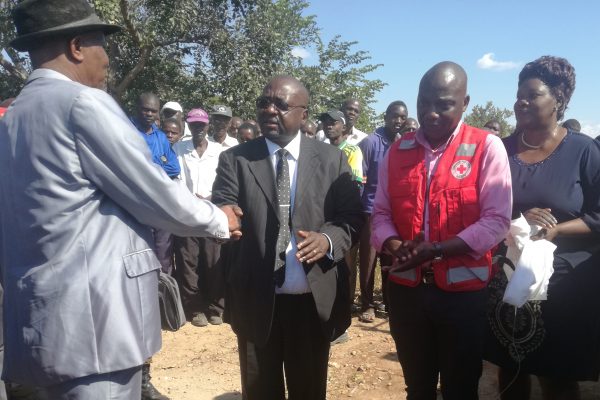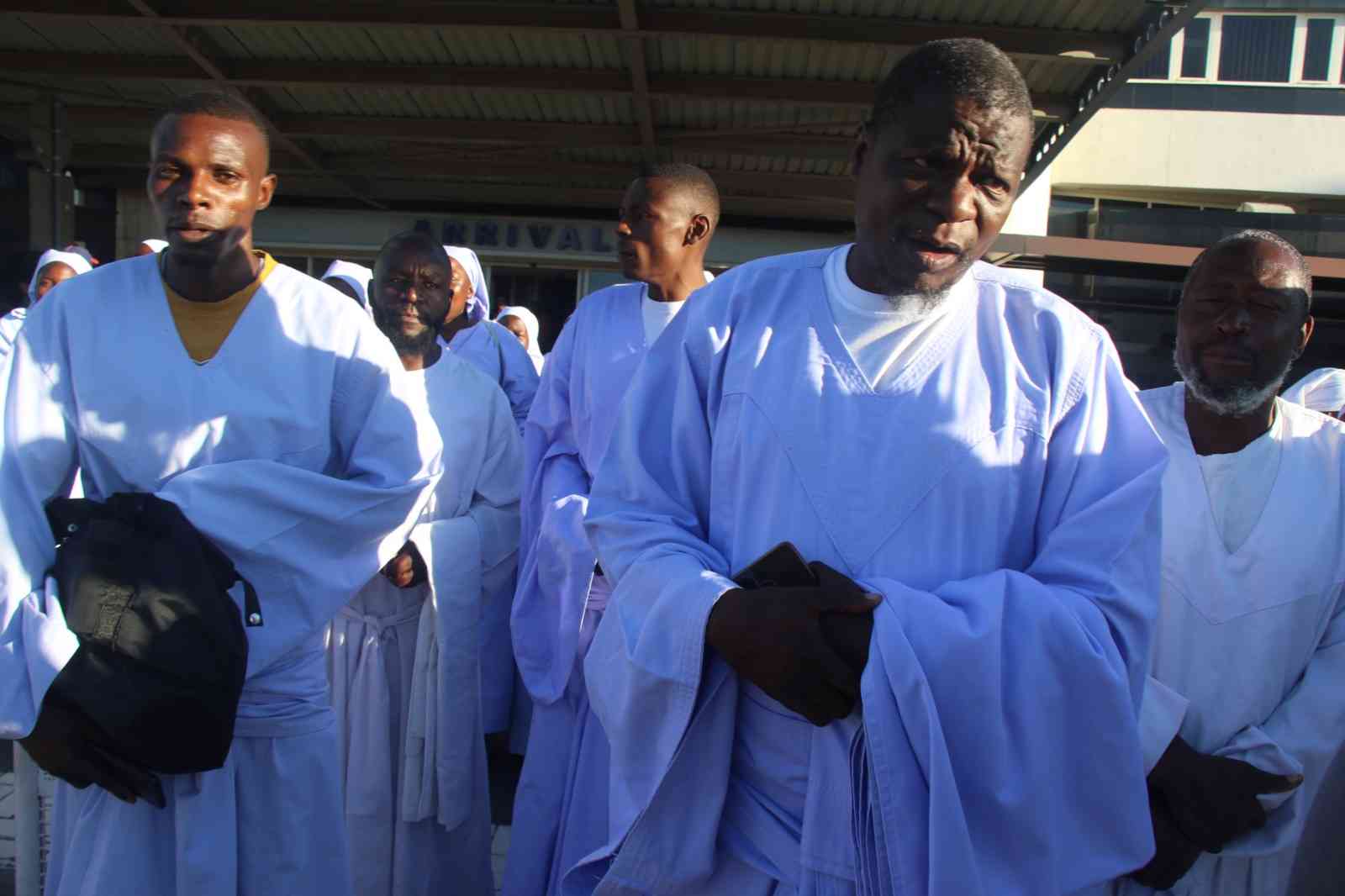
The Zimbabwe Red Cross Society (ZRCS) and government have commissioned the $70 000 Namutanda footbridge in Negande, Nyaminyami district in Kariba.
By Staff Reporter
Defence ministry permanent secretary Martin Rushwaya stood in for Vice-President Constantino Guvheya Chiwenga. The bridge construction is part of the ongoing community-based disaster risk reduction project funded by the Danish Red Cross and covers four wards in rural Kariba.
The project is part of a bigger project called Mainstreaming Disaster Risk Reduction and Climate Change into Local Development planning co-financed by the EU-funded ACP-EU Natural Disaster Risk Redur and managed by the Global Facility for Disaster Reduction and Recovery and Danish Red Cross through Danida.
For the bridge construction and other related programme milestones like the $45 000 weather station at Bumi Hills, Chiwenga thanked the Red Cross for playing its auxilliary role to government’s humanitarian efforts.
“On behalf of the government of Zimbabwe and the Ministry of Defence, I would like to thank the Red Cross for its role in alleviating human suffering and developing communities,” Chiwenga said.
He said the government was grateful for humanitarian partners in the mould of Red Cross which do not impose programmes on communities, but widely consult and engage to ensure ownership and measurable impact.
ZRCS is part of the national Civil Protection Unit (CPU) whose director Nathan Nkomo endorsed the Kariba disaster risk management plan and initiatives.
- Chamisa under fire over US$120K donation
- Mavhunga puts DeMbare into Chibuku quarterfinals
- Pension funds bet on Cabora Bassa oilfields
- Councils defy govt fire tender directive
Keep Reading
“The model used in Kariba to mainstream disaster risk reduction and climate change adaptation into local development planning has made it a best practice worth scaling up across the country,” Nkomo said.
His comments followed a pilot 30-month project spearheaded by ZRCS and a steering committee of government departments from the ministries of Local Government, Environment, Water and Climate as well as Transport and Infrastructure Development.
The project has reached at least 16 000 people in Kariba’s rural wards.
Acting Kariba district administrator Witness Kufa, who also chairs the district’s CPU, acknowledged the support they received through the project.
“We have managed to train ward and village civil protection members and they now have the capacity to develop their own disaster management plans at local level,” he said.
“These plans have also been integrated into the district development plan, so we can confidently say the project has strengthened the district’s capacity to creatively combine disaster management and development planning.”
The department of rural local authorities noted that such projects give momentum to the national vision, which councils would be expected to incoprate disaster issues in their budgets.
The bridge construction celebrations were held at Negande Secondary School, where ZRCS secretary-general Maxwell Phiri emphasised the organisation’s commitment to serve humanity and alleviate suffering of the marginalised communities. “We are generally encouraged by the unity of purpose demonstrated in the construction of this footbridge,” he said. “We understand the many challenges that our students faced during flooding periods while members of the community would be cut off from social amenities. ZRCS will continue working with you in finding lasting solutions to your challenges.”
During the same event, the Red Cross also pledged to pay school fees and buy uniforms for some students at Negande Secondary School.
The Ministry of Defence and the Department of Civil Protection also weighed in with pledges towards painting and roofing of a classroom block at the school.
Chief Negande in his acceptance remarks also thanked the Red Cross and its partners, but highlighted that their challenges were far from over.










